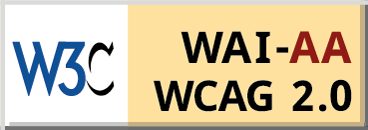Technology, Terror and National Security Challenges
The relationship between technological innovation and violent extremism presents significant national security challenges.
The relationship between technological innovation and violent extremism presents significant national security challenges.
The unravelling race for tech supremacy, as a microcosm of the macro trade war between US and China, can be depicted as Tech Race 2.0. In some ways, this is akin to the Space Race that unfolded between the US and the erstwhile USSR in the 1950s and 1960s, which eventually turned in favour of the US, given its fundamentals being firmly grounded in democracy, freedom of speech and robust innovation and business ecosystems. Since China shares some of the key elements that the Soviet Union had, it is likely that history can be repeated provided the US is fully aware of the challenges emanating from China and takes necessary steps by investing in the state-of-the-art technologies. The implications of the US losing the race could be far-reaching not only for the US, but also for the entire global order built on the liberal principles and values. The same is applicable for India since it shares a border with China and the border conflict continues to persist. Therefore, it is imperative to save the global community from the dangers of authoritarian leaders and countries winning the race.
Tech deals dominated in US President Donald Trump’s first overseas visit of his second term to the Gulf region.
Beijing sees New Quality Productive Forces (NQPF) (comprising big data, AI and other disruptive technologies) as key to national rejuvenation.
The new US export control regulation for Responsible AI Diffusion creates a system for AI semiconductor access through country tiers and Validated End User (VEU) categories.
The academia can play a major role by bridging innovation gaps and scaling critical technologies.
Armenia hosted the 28th World Congress on Innovation and Technology (WCIT) from 4 to 7 October 2024, with issues relating to artificial intelligence being the key theme.
India’s focus on building a robust semiconductor ecosystem aligns with its broader goals of fostering innovation and building resilience in supply chains.
The EU Artificial Intelligence (AI) Act fills a major regulatory gap for AI usage today and assigns robust compliance standards.
China’s establishment of the PLA Information Support Force (ISF) in April 2024 is a move to ensure information dominance and military modernisation.



